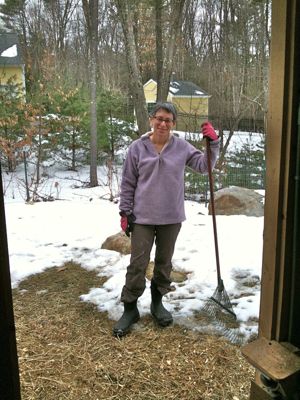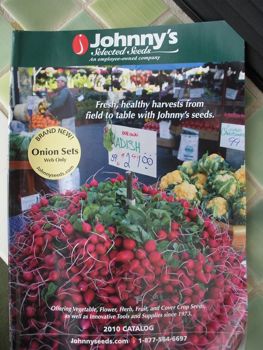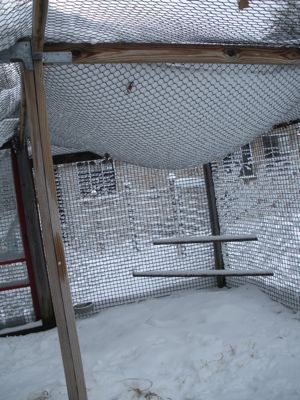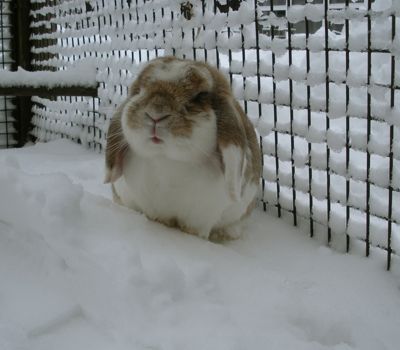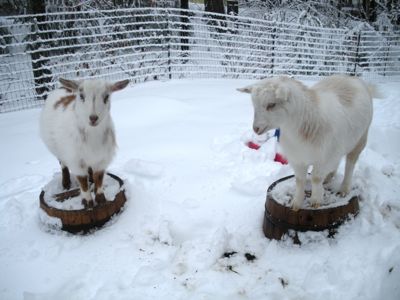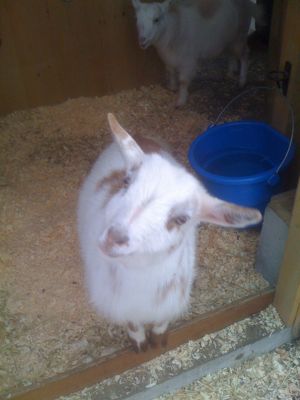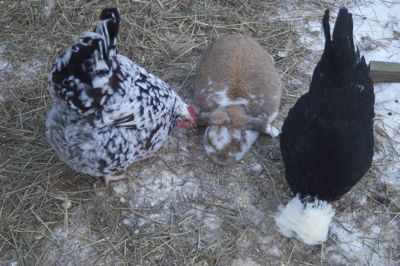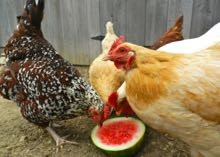As anyone who has watched nature shows knows, there’s a lot of organisms out there that we don’t think about or see. Some creep us out, like bed mites, and the creatures that live on our eye lashes, and those parasites found in Amazon rivers that find their way into your urinary tract. Eww.
Farm animals also have critters living in and on them. Some are necessary, like beneficial bacteria in their intestines, and some can kill. Worms and larvae can decimate a flock and fell your goats. There are chemicals that you can spray and dust and feed that will protect your animals.
Some farmers worm on a regular basis. When I managed a horse farm, we were on a rigorous schedule of various products. My dogs are on monthly heartworm pills. (When I was growing up, my dog died of heartworm. I’m grateful for the products now available!)
But, since these chemicals are strong enough to destroy the parasites, they also have the potential to harm the host, so, for my small backyard menagerie, I have a different approach.
The coop runs and paddock are on virgin turf. The last time they were used for farm animals was probably around 1890. It was unlikely that the soil harbored parasites. But, every time I bring in a new animal, or visit a friend’s farm and then wear the same clothes in my backyard (I should disinfect, but don’t, it all seems so benign at the time), I run the risk of introducing harmful pathogens and parasites.
My first line of defense is that I’m fanatical about keeping my coop runs and paddock clean. There’s no manure build-up to host eggs and larvae. I provide the flock with food-grade diatomaceous earth (see the blog archives for more about this.)
Instead of worming as a preventative measure, I take fecal samples to the vet. The vet tech looks at it under a microscope and lets me know if there are any parasites, which ones they are, and what I should use to get rid of them. The goat fecal cost $25, which is worth it. Yesterday, it came back negative, so I don’t have to spend anything on medicines.
I’ve had the chicken manure tested, too. All healthy so far.
Have you thought through a preventative health schedule for your animals? That old adage, “an ounce of prevention is worth a pound of cure,” still rings true.
(I decided to spare you the photos of round worms, bot fly larvae and chicken gape worms. Do a google image search if you’re curious!)


